Lake_Menomin_Algal_Bloom_(5909549545)
Do you have any thoughts on this post?
Proposed cuts to land acquisition funding would prevent agencies from enhancing public hunting and fishing access—the most widely celebrated part of DOI’s public lands agenda
Ryan Zinke completes his first year in office as Secretary of the Interior this week, on the anniversary of his March 1, 2017 confirmation by the U.S. Senate.
I think everyone can agree that a lot has changed in this time. While some actions have been met with scrutiny, Secretary Zinke has also initiated processes that are laudable: These include directing public land management agencies to increase public access through Secretarial Order 3356 and steps taken to protect big game migration corridors through Secretarial Order 3362.
The process to identify and conserve migration corridors appears to be off to a good start, but there is a real risk that the agency’s celebrated access directives could fall by the wayside unless Zinke works with Congress to support funding for land acquisition in the federal budget. Here’s why.
Back in September, Secretary Zinke directed the Bureau of Land Management, National Park Service, and the U.S. Fish and Wildlife Service to produce plans to expand access for hunting and fishing AND identify lands where access is currently limited. This might include areas that are currently impractical or impossible to access via public roads or trails, but where there may be an opportunity to gain access through an easement, right-of-way, or land acquisition. The agencies were asked to provide a report to the Deputy Secretary of the Interior detailing such lands.
The Land and Water Conservation Fund is the federal program that funds nearly all public land acquisition and easement projects to open public access. Enacted in 1965, the LWCF is America’s premier conservation and recreation program. It has helped to conserve parks, forests, shorelines, farms, ranches, refuges, and trails in nearly every state and county in the U.S. It doesn’t cost taxpayers a cent—LWCF helps invest in America’s public lands using a small portion of federal offshore oil and gas drilling fees.
But if this program is allowed to lapse or if it doesn’t receive strong funding, the Department of the Interior would not be able to expand public access to public lands in most circumstances.
While Secretary Zinke has long expressed support for the LWCF, President Trump’s 2019 budget has nearly zeroed out the Department of the Interior’s proposed LWCF budget from $154 million in 2018 to eight million dollars in 2019. If enacted, this drastic reduction in funding for the Department’s would make it difficult, if not impossible for the agency to achieve the expanded access goals created by Secretary Zinke just last fall. (More on the president’s budget and infrastructure proposals here.)
Loss of access is commonly cited as the number one reason people stop hunting, and millions of acres of BLM public lands are currently landlocked across the West, specifically in places like eastern Montana, southwest Oregon, and northeast Nevada. Secretary Zinke has an opportunity to leave a positive legacy for public access by helping to open many of these lands to the public, and the sporting community is ready to be a partner in this effort. But we can’t get it done without funding.
Top photo courtesy of Bob Wick/BLM via flickr.
Largescale algal blooms lead to fish kills, beach closures, and loss of your fishing access, but Congress has a chance to do something about them right now
Last week in D.C., we caught just a glimpse of spring, with 80-degree weather punctuating the February doldrums. Soon thoughts of bass and trout fishing were creeping into my head during the mid-morning meeting.
I’d like to think that there will be a certain payoff for all my anticipation, but nutrient pollution and—the pea-soup-colored water that is often the cause of large fish kills, beach closures, and shortened seasons—are increasingly problematic for anglers across the country.
The primary cause of algal blooms—as well as the record-sized dead zone in the Gulf of Mexico, for that matter— is an excess of nutrients in the water that feed rapidly reproducing algae. In turn, the algae sucks vital oxygen out of the water, killing fish and plant life. (Here’s more on how that works.) In other instances, the algae can also be toxic to humans and pets.
The good news is there are conservation programs and funding meant to create solutions to our water quality and fish habitat issues—and many of them are up for debate right now as Congress works to draft the 2018 Farm Bill. Programs like the Agricultural Conservation Easements Program (ACEP) and the Environmental Quality Incentives Program (EQIP) provide financial and technical assistance to landowners to help conserve agricultural lands and wetlands, while ground enrolled in the Conservation Reserve Program (CRP) can serve as a natural filter for runoff before it washes downstream. On a much larger scale, the Regional Conservation Partnership Program (RCPP) tackles landscape- or watershed-sized challenges through creative partnerships and requires one-to-one matching of federal funds to double the impact of Farm Bill dollars.
While Congress decides the fate of the Farm Bill and its effective conservation programs, it’s important that sportsmen and lawmakers consider what’s at stake. Here are five fishing destinations across the United States where recent algal blooms have thrown a wrench in anglers’ plans.
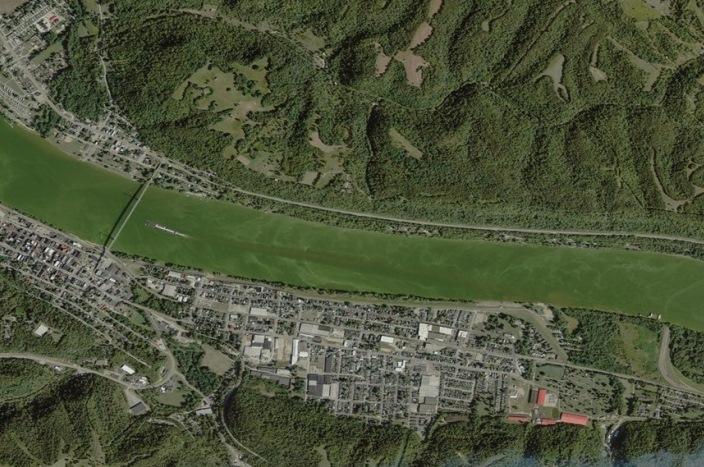
The Ohio River is home to more than 160 species of freshwater fish, including largemouth and smallmouth bass, catfish, pike, and trout. In the summer of 2015, the Ohio River suffered a 650-mile-long algal bloom—with affected waters running through six states. As a result, fishing and other recreational activities were shut down in order to limit human exposure to the toxic algae.
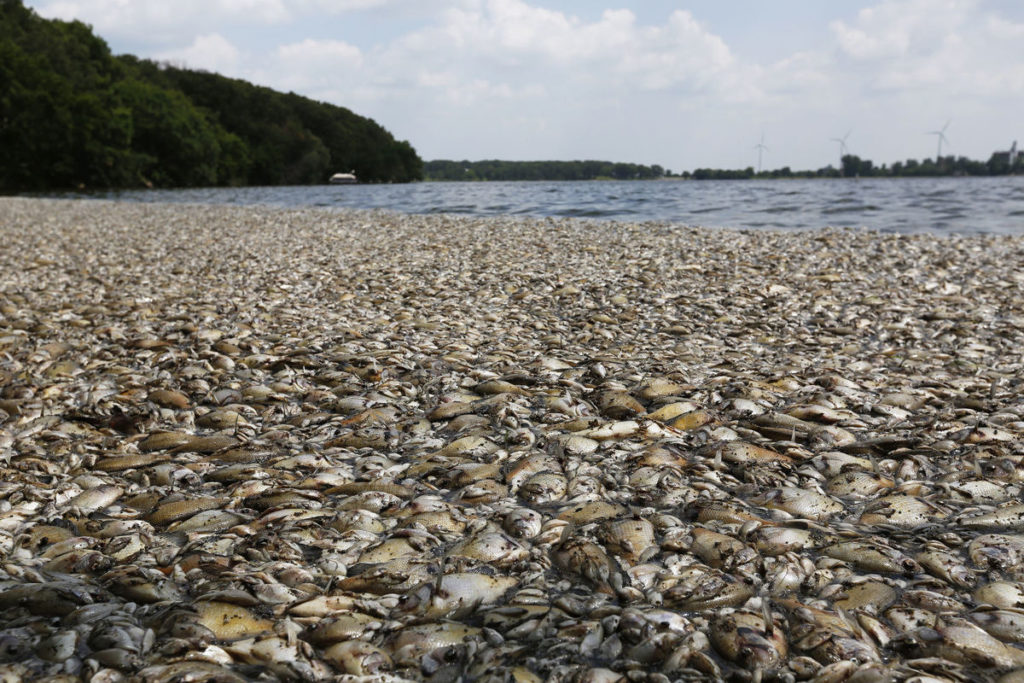
Crystal Lake, home to the world’s largest Bullhead, is a one of Northern Iowa’s top fishing destinations. In July 2015, the shorelines of Crystal Lake were covered with thousands of fish- killed off by a large algal bloom.

A 2017 algal bloom covered 90 percent of Utah Lake and made more than 100 people ill. This particular bloom was a blow to the local economy as it hit just before the July 4 weekend, reducing tourism traffic by 60 percent.
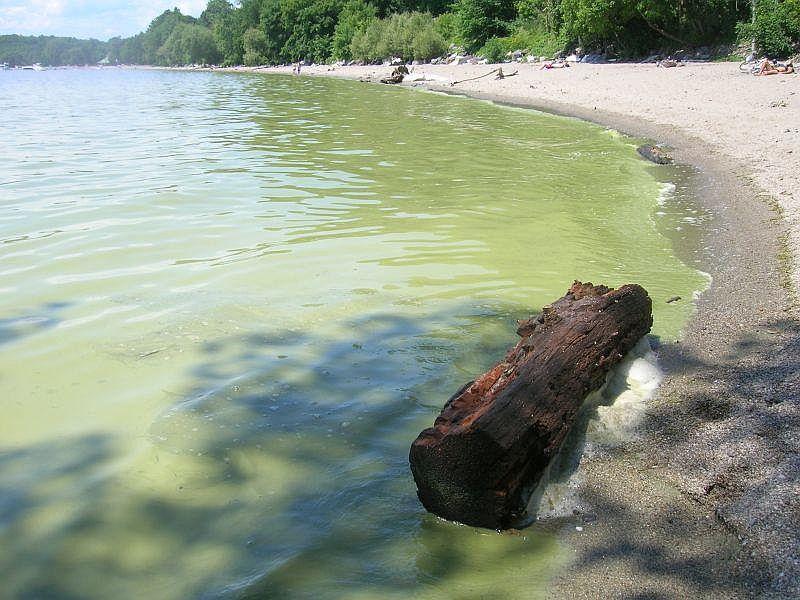
Lake Carmi is the fourth largest natural lake in Vermont and a hotspot for northern pike and walleye fishing. Last year, the lake’s recreational season was cut short by three weeks due to an algal bloom.
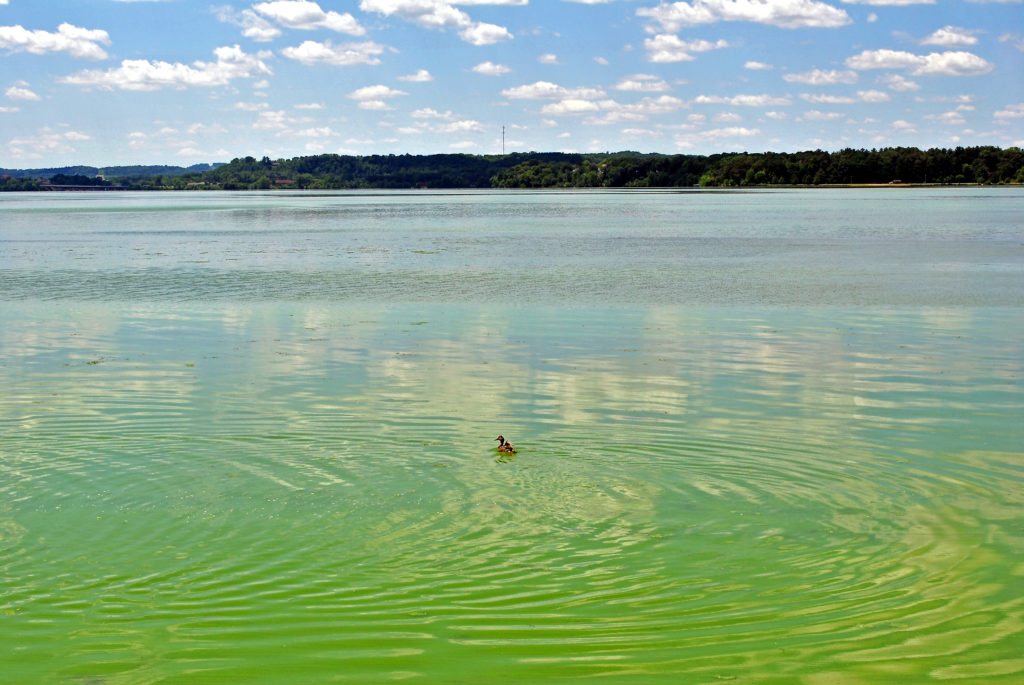
Home to Lake Menomin and Tainter Lake, the city of Menomonie, Wisconsin, loses out on an estimated $36.1 million in tourism revenue due to the frequency of lake closures and recreation restrictions caused by algal blooms.
Are you on algae watch where you live and fish? Let us know in the comments section so we can represent your water quality concerns in Washington, D.C.
In the newest installment of our Women Conservationist Wednesday series, we get to know two outdoorswomen on the front lines of wildlife management in Georgia
When we first started the #WCW series, we wanted to highlight some of the women who we noticed were helping to shine a spotlight on habitat, access, and funding issues that impact hunting and fishing. And the response has been fantastic. One commenter said, “This is so inspiring! It is amazing to see strong women leading the way in conservation!” Another reader mentioned feeling empowered as a mom to keep weaving outdoor adventures into family life.
We also received many emails offering up more inspiring women for us to feature, which is how we met Jess McGuire, the private lands program manager for the Georgia Department of Natural Resources, and Tina Johannsen, the program operations manager for game management in the department’s Wildlife Resources Divison. We loved hearing how they support each other in a male-dominated field, and how they are making women in game management look good.
Here’s what they had to say about everything from R3 (recruitment, retention, and reactivation) to finding a mentor and serving the people of Georgia.
TRCP: A study recently found that about half of all current biology majors are women. Do you feel that women are still underrepresented in the wildlife conservation community, and how can we get more recent graduates involved?
JESS MCGUIRE: When I took this job, luckily I was really welcomed, and I’ve had great mentors. But, when you go to these wildlife professional conferences, you’re right, we’re still not seeing women represented as much. I think the biggest thing is showing that there is support for women. There’s this whole idea that women have to choose—that we can’t have it all. So wildlife agencies need to show support for women with families who work in this field.
TINA JOHANNSEN: As an example, I worked as the deer coordinator in Kentucky a few years ago, and I was the only female deer coordinator in the country. Every state has the position.
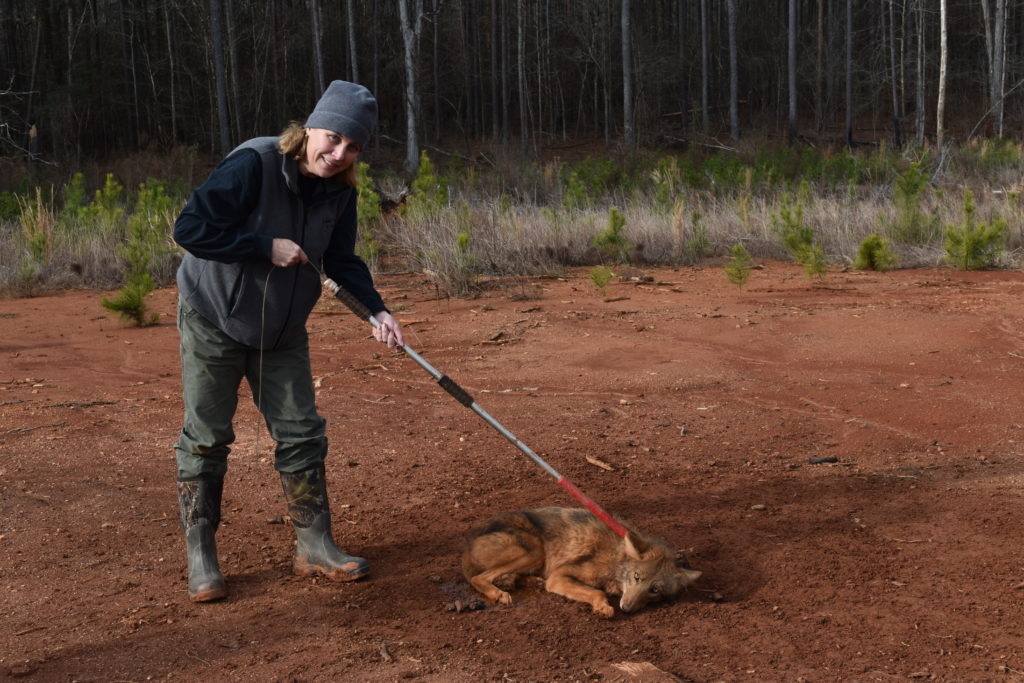
TRCP: You mentioned having great mentors, and in the R3 community there’s a big focus on mentorship in terms of teaching someone to hunt or fish. Why is it important to have female mentors in this kind of career, too?
MCGUIRE: I’ve been lucky to have some really great mentors along the way. You really need that person to guide you through everyday scenarios and maybe prepare you for dealing with people who are not used to seeing women in a wildlife management role.
JOHANNSEN: What’s been enormously helpful for me is finding women who are my age, and at a similar spot in their career, who are trying to find their way, too. Right now, there’s no one above me really that I can look up to as a mentor, so it’s more about peer-to-peer support.
TRCP: Right now, what are the biggest threats to some of the species you manage?
MCGUIRE: For both game and non-game species, the declining number of hunters is a huge threat. The hunting community is really interested in conservation and they are a huge source of conservation dollars. That’s what I worry about on a daily basis.
I think to get a lot of the work done that needs to be done, especially given the current climate, sportsmen and other conservationists need to work together more, and both sides need to see the importance of what each brings to the table. You may not want to hunt yourself, but being supportive of what those groups can do for conservation is essential. That decline in hunting dollars impacts what we can do on our state lands and our federal lands, and that affects all species.
TRCP: What are some of the cool projects you are working on that might not get accomplished without this critical funding?
JOHANNSEN: I wouldn’t have a job! My salary comes straight from hunting license revenue and matching [Pittman-Robertson] dollars, so it’s deeply personal to me. I can’t overemphasize the role that funding plays.
Every research project we have right now in game management is funded by hunting and fishing dollars and matching P-R funds. For example, we’re trying to figure out why deer herds in north Georgia aren’t responding to reduced harvests. Maybe it’s a perfect storm of predators and habitat, but right now we don’t know and we need funding to be able to support that project with technology, which isn’t cheap.
MCGUIRE: To add to that, I work with Farm Bill programs, which I don’t think get enough credit. Millions of dollars’ worth of habitat improvements are made possible by employing biologists who help landowners implement conservation measures on their property. We help to maintain a balance between landowners needing to make money and facilitating their desire to help wildlife at the same time. If the Farm Bill went away, that’s a huge chunk of conservation projects that would come to a standstill, and at that point, we’d be relying on NGOs and private entities to pull the weight.
TRCP: Do you think we’re doing a good job maintaining that balance of people trying to make a living, while also trying to protect and manage critters?
JOHANNSEN: I think there are a lot of wildlife biologists who really focus on the critters and make the science happen for the critters, but they lose sight of the fact that we serve the people of our state and our country, too. We’re here to put the action on the ground, and I have to balance a private landowner’s needs to grow crops or harvest timber with the needs of a guy who runs a fishing guide service to support his family. Yeah, I care about wildlife, but we ultimately work for the people.
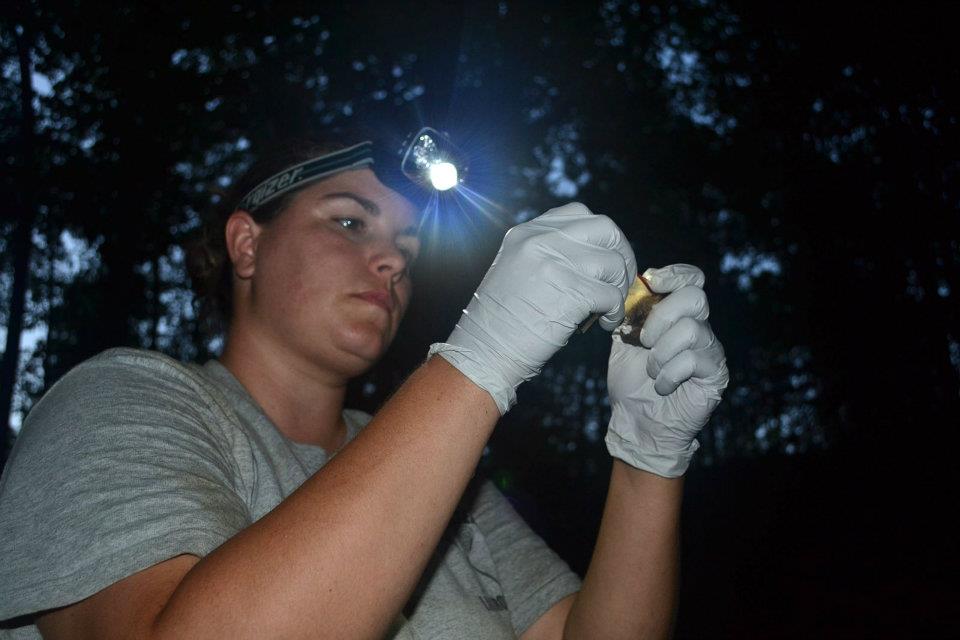
TRCP: When did you take up hunting and fishing, and how do you typically like to spend your time outdoors, outside of work?
JOHANNSEN: I’m referred to in the R3 community as an “adult onset” hunter. I didn’t grow up hunting or fishing, but when I went to college, I had a roommate who did. So, she and her family took me under their wings, and now, 20 years later, I’m a pretty avid hunter. I’ll hunt whatever is in season.
MCGUIRE: I was also a late bloomer in terms of hunting. I started hunting when I was working in Massachusetts, volunteering with some deer hunts. So, I got a crash course that way, and then I started turkey hunting, too. At first, my dad was pretty against it, but now he’s coming around because of all of the tasty meals I make him.
TRCP: Do either of you feel like you’ve seen a change in the demographics of who is hunting, in your professional work or your personal experience?
JOHANNSEN: Again, I got involved in hunting a little late, but still I’ve been doing it now for a little over 20 years. It seems to me that just when I got started there was a big shift, and since then, I’ve seen steady increases in the number of women hunting.
What’s really changing in terms of demographics and diversity on all fronts is that we have finally gotten past the threshold of getting all of the different agencies, industries, and NGOs that care about conservation, particularly related to hunting and fishing, to understand that the tide has turned. I think a lot of it has to do with the information available now online, and that people can really see how white male hunters are aging out.
If we don’t bring in these other constituencies, we’re going to lose this heritage. We’re going to lose this management tool. We’re going to lose this funding mechanism. So, the desire for diversity, I think, is driven by a very pragmatic concern on its face. But whatever is driving it, it’s wonderful to see this tidal wave curling over, and now folks are saying, alright we need to get on board and make this a priority.
While new habitat challenges arise every year, land managers are stuck following management plans created in the 1970s and 80s—with no updates in sight
Conditions on Western landscapes are always changing, and sportsmen and women are often the first to experience the difference. We see intense wildfires burn large sagebrush landscapes, leaving invasive cheatgrass in their wake. The varying cycles of precipitation and drought have become more extreme, affecting wildlife habitats and sending wildlife into a roller coaster of population variation. And so the success of each hunting and fishing season ebbs and flows, as well.
While some of these unforeseen challenges have only emerged or escalated in recent years, many of the Bureau of Land Management offices tasked with facing them remain beholden to plans that haven’t changed in decades.
Like many of us who recall feeling a little less winded a few seasons ago, these resource management plans, or RMPs, aren’t getting any younger. And the ramifications are being felt in many of the places where we love to hunt and fish.
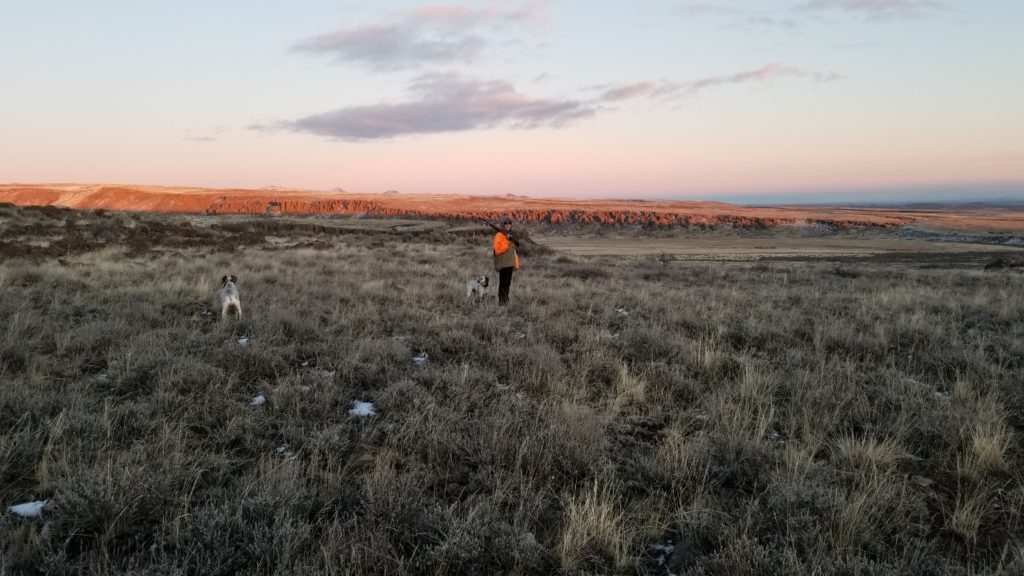
With hundreds of plans in place to manage the BLM’s 245 million acres, ten or more revisions need to be completed each year to keep up with changing conditions on the ground and balance diverse demands on these lands. Exactly zero RMP updates were completed in 2017, largely due to a shift in administrative focus. Meanwhile, the old plans fail to address new problems and rely on science that may be decades old.
Delays in the revision process can often result in massive backlogs. In east Idaho, for example, five RMPs covering more than 5 million acres were expected to be in the planning process or completed by 2018. Of those, none have been completed and only one is in the planning process. And that plan—the Upper Snake RMP that will replace a plan from the 1980s—has been given a lower priority because it lacks oil and gas potential. Meanwhile, the importance of this habitat to tens of thousands of big game animals continues to go unaddressed.
Updated plans not only reflect current resource conditions, but also public priorities. Based on legal requirements developed decades ago, the planning process provides the public with multiple opportunities to weigh-in on how they would like their public lands to be managed, either in writing or at in-person meetings. The BLM is tasked with providing information on any changes and other ways to engage on RMPs in progress.
We’re already contending with the absence of resource advisory councils—which have been shut down for nearly a year to be “reviewed”—and other cuts to public input. Neglecting RMPs is yet another way we are prevented from voicing our opinions on how public lands should be managed. These incremental changes add up to a big overall shift in how much say Americans have a say in the management of our public lands. These lands are important to all of us, and what seems to be unnecessary and never ending delays, has increased public dissatisfaction with the process and resulted in animosity and distrust.
Only by getting the planning process back on track can the BLM ensure that the interests of all Americans are incorporated into how our lands are managed for years to come. Our public land heritage is too important to put on the back burner.
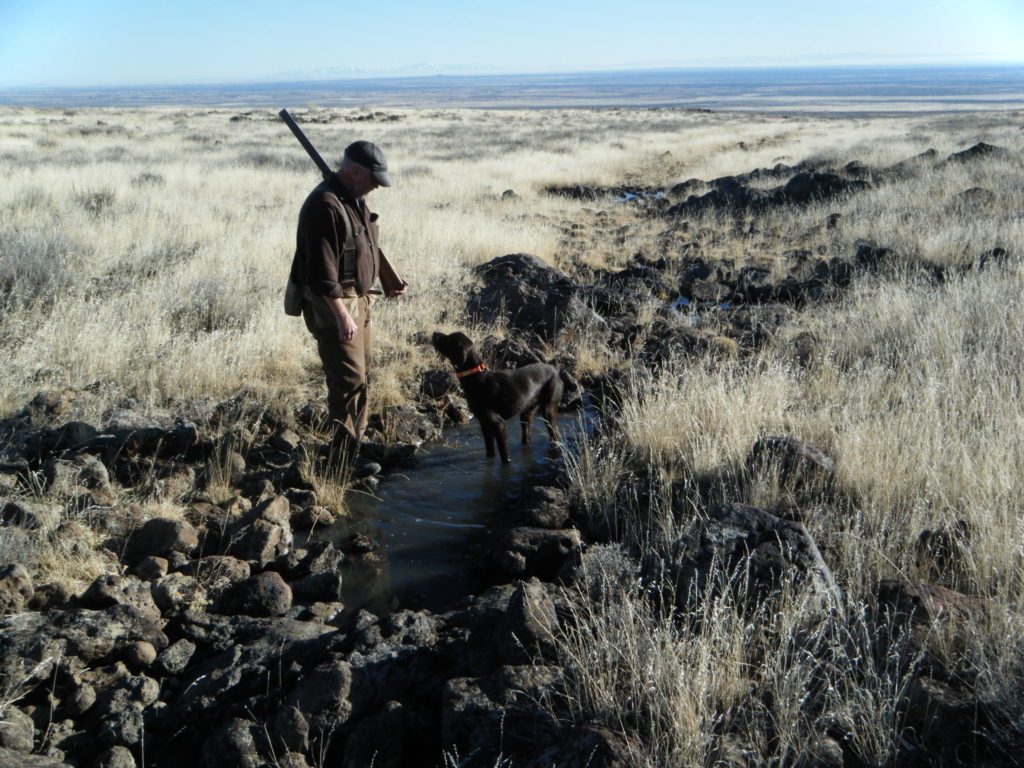
Addressing the many clogs in the system that are contributing to the slowdown of RMPs means ensuring that the BLM is fully staffed and appropriately funded. The president, Secretary of the Interior, and Congress need to move quickly to fill important positons in the agency and budget for the future of public lands—because conservation shouldn’t be cut to offset new costs or pay for infrastructure.
We also need agencies to refocus on balanced multiple uses of public land, which includes managing for quality fish and wildlife habitat and our outdoor traditions. Let decision makers know that public land is sportsmen’s country by signing our petition to support responsible management of public land and wildlife habitat.
For more than twenty years, the Theodore Roosevelt Conservation Partnership has been at the forefront of conservation, working diligently on behalf of America’s hunters and anglers to ensure America’s legacy of habitat management and access is protected and advanced. Your tax-deductible donation will help TRCP continue its mission, allowing you to keep enjoying your favorite outdoor pursuits. Whether those pursuits are on the water or in the field, TRCP has your back, but we can’t do it alone. We invite you to step into the arena with us and donate today!
Learn More
